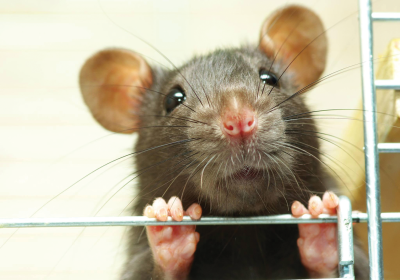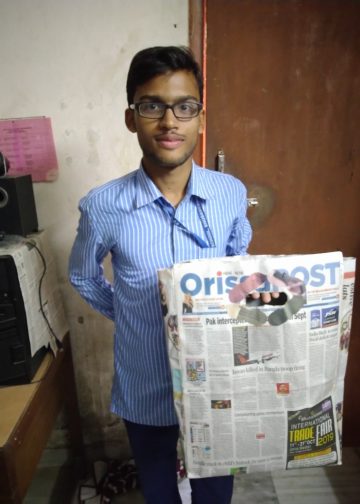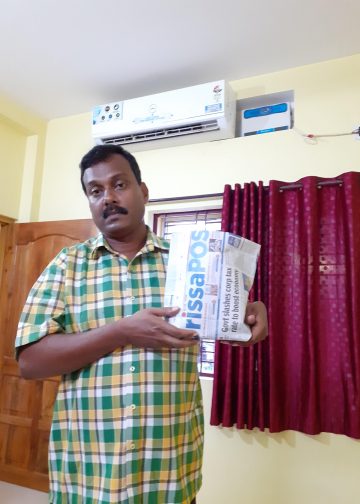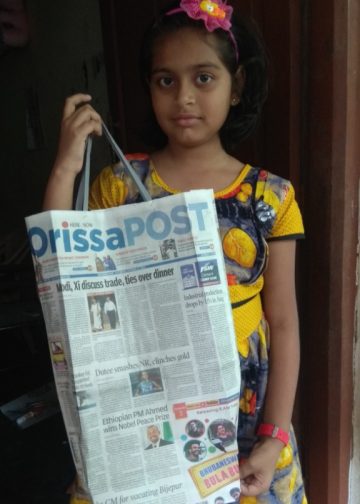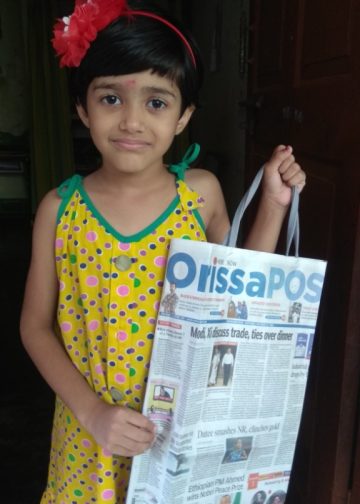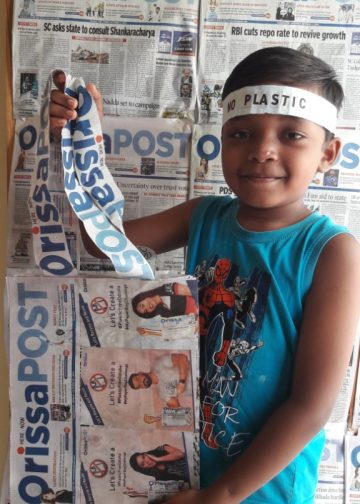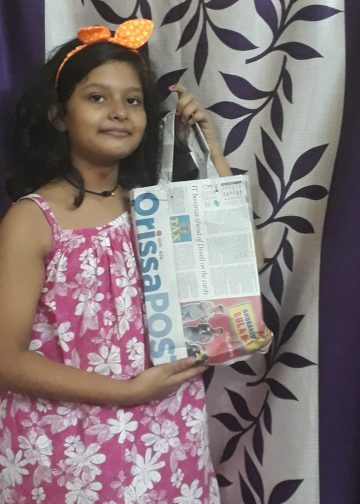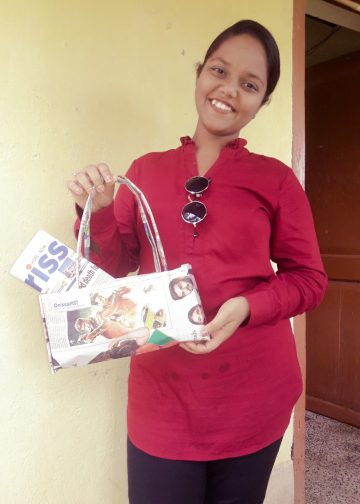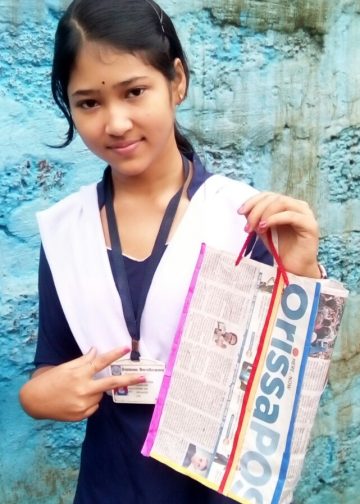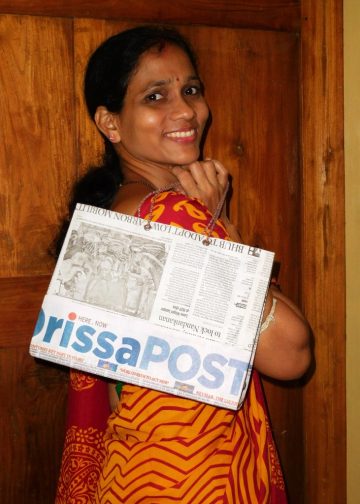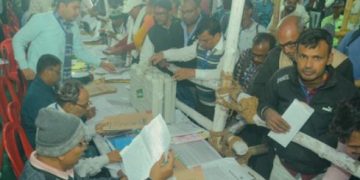Washington: Scientists claim to have successfully given ‘night vision’ to mice, allowing them to see infrared light with minimal side effects.
The research could lead to advancements in human infrared vision technologies, including potential applications in civilian encryption, security, and military operations, scientists said.
According to the study published in the journal Cell, a single injection of nanoparticles in the mice’s eyes bestowed infrared vision for up to 10 weeks with minimal side effects, allowing them to see infrared light even during the day and with enough specificity to distinguish between different shapes.
Humans and other mammals are limited to seeing a range of wavelengths of light called visible light, which includes the wavelengths of the rainbow.
Infrared radiation, which has a longer wavelength, is all around us. People, animals and objects emit infrared light as they give off heat, and objects can also reflect infrared light.
“The visible light that can be perceived by human’s natural vision occupies just a very small fraction of the electromagnetic spectrum,” said Tian Xue of the University of Science and Technology of China.
“Electromagnetic waves longer or shorter than visible light carry lots of information,” said Xue.
“When light enters the eye and hits the retina, the rods and cones — or photoreceptor cells — absorb the photons with visible light wavelengths and send corresponding electric signals to the brain,” said Gang Han from the University of Massachusetts Medical School in the US.
“Because infrared wavelengths are too long to be absorbed by photoreceptors, we are not able to perceive them,” Hans said.
Scientists made nanoparticles that can anchor tightly to photoreceptor cells and act as tiny infrared light transducers.
When infrared light hits the retina, the nanoparticles capture the longer infrared wavelengths and emit shorter wavelengths within the visible light range.
The nearby rod or cone then absorbs the shorter wavelength and sends a normal signal to the brain, as if visible light had hit the retina.
The researchers tested the nanoparticles in mice, which, like humans, cannot see infrared naturally.
Mice that received the injections showed unconscious physical signs that they were detecting infrared light, such as their pupils constricting, while mice injected with only the buffer solution didn’t respond to infrared light.
To test whether the mice could make sense of the infrared light, the researchers set up a series of maze tasks to show the mice could see infrared in daylight conditions, simultaneously with visible light.
In rare cases, side effects from the injections such as cloudy corneas occurred but disappeared within less than a week.
“We believe this technology will also work in human eyes, not only for generating super vision but also for therapeutic solutions in human red color vision deficits,” Xue said.
Current infrared technology relies on detectors and cameras that are often limited by ambient daylight and need outside power sources.
The researchers believe the bio-integrated nanoparticles are more desirable for potential infrared applications in civilian encryption, security, and military operations.
PTI

